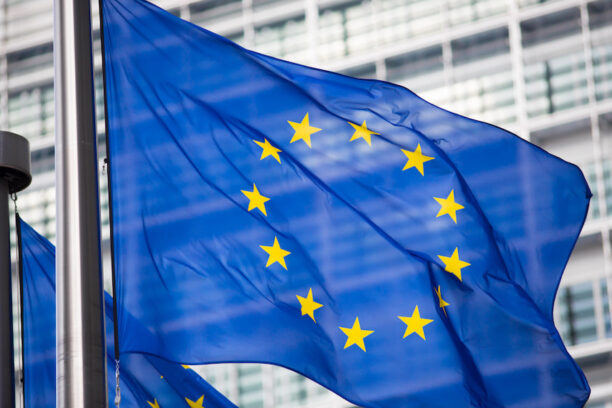Earlier in the week, I was on a virtual panel put together by partner SourceIntelligence (recording available soon) discussing what companies need to know about tariffs and trade compliance. It was a very interesting panel – I’ve never had to get that deep into trade compliance matters. I pointed out that companies are going to do what they can to minimize the impact of tariffs and that comes down to knowing their supply chain beyond their Tier 1 suppliers.
If companies previously had a lot riding on supply chain due diligence results, the stakes today are off the charts.
But this is good news for those in the business of supply chain due diligence. Their services have never been as directly impactful, financially material and valuable as they are now.
Thanks to the US conflict minerals rule and OECD Due Diligence Guidance for Responsible Supply Chains of Minerals from Conflict-Affected and High-Risk Areas, we have supply chain traceability methods and data management systems proven/refined over the past decade ready to be expanded beyond their original purpose to supplement or support trade compliance functions.
A few reasons I think new tariff dynamics will seriously elevate the importance of supply chain due diligence for some time to come:
- Even if the situation settles down in the coming weeks or months, executives and boards will remain rattled by the high likelihood of future tariffs (threatened or actual). Thorough knowledge of company products is necessary to respond to new changes or threats.
- Expectations of high quality and credibility of evidence for supply chain/country of origin claims will rise significantly. Will the CBP evidence standards under the US Uyghur Forced Labor Prevention Act (UFLPA) be the general standard for all country of origin claims? Seems likely.
- There are reports about public advertising of “country-washing” services to minimize US tariffs. Financial Times wrote:
“Chinese social media platforms are awash with adverts offering ‘place-of-origin washing’, while an inflow of goods from China has raised alarm in neighbouring countries wary of becoming staging posts for trade actually destined for the US…
‘The tariff is too high,’ said Sarah Ou, a salesperson at Baitai Lighting, an exporter based in the southern Chinese city of Zhongshan. ‘[But] we can sell the goods to neighbouring countries, and then the neighbouring countries sell them on to the United States, and it will reduce.’
US trade laws require goods to undergo ‘substantial transformation’ in a country, usually including processing or manufacturing that adds significant value, to qualify as originating there for tariff purposes. But adverts on social media platforms such as Xiaohongshu offer to help exporters ship goods to countries such as Malaysia, where they will be issued with a new certificate of origin and then sent to the US.”
Members can learn more about supply chain due diligence here. In addition, our Checklist How to Navigate the Uyghur Forced Labor Prevention Act contains details and guidance on CBP’s evidence standards under the UFLPA.
If you aren’t already subscribed to our complimentary ESG blog, sign up here for daily updates delivered right to you.
DID YOU KNOW … we are much more than just blogs. Check out our range of resources and become a member today.










